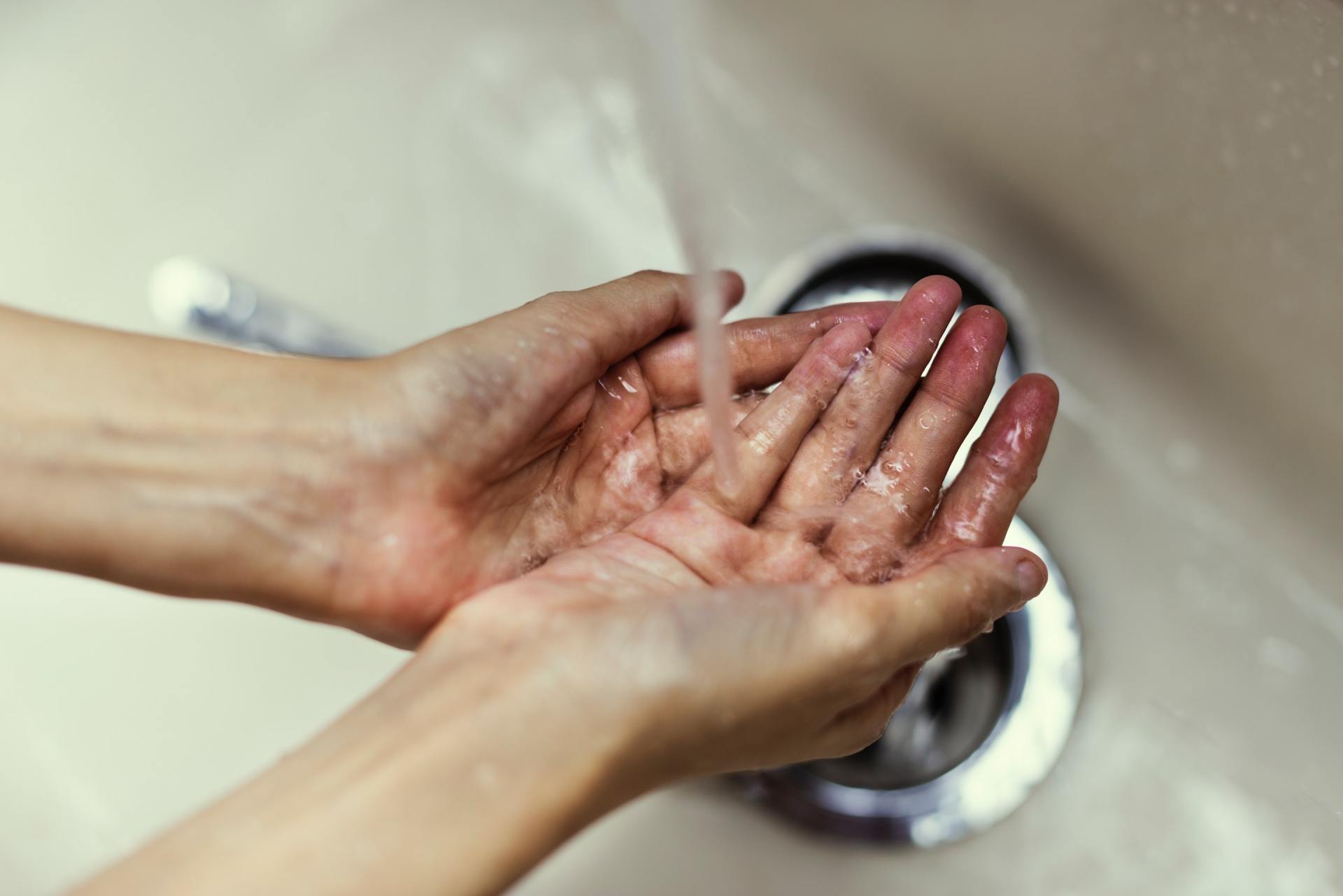Cleaning for Health in Long Term Care Homes
About Cleaning for Health in Long Term Care Homes
Long Term Care Homes (LTCHs) accommodate some of our most vulnerable populations. They provide rehabilitative, restorative, and/or ongoing skilled nursing care to patients or residents who need assistance with activities of daily living. They include skilled nursing and assisted living facilities, nursing homes, and continuing care retirement communities.
According to the Center for Disease Control and Prevention (CDC) report, Long-term Care Providers and Services Users in the United States, 2015–2016, there were 15,600 nursing homes in the US in 2016, housing 1.3 million residents.[1] In addition, Continuing Care, Assisted Living and Nursing Care Facilities employ over 100,000 maids and housekeepers nationwide.[2]
Preventing the spread of infectious disease in Long-term Care Homes (LTCHs) is essential because of the compromised health and immune systems of residents. Data on pre-SARS-CoV-19 infections in these facilities is limited however the CDC tells us that as many as 380,000 residents die of infections every year in LTCHs.
Cleaning, sanitizing and disinfecting are the tools used to help prevent infectious disease[3]. Unfortunately, research over the past 30 years has established that these products contain ingredients that can cause illness in both staff and residents. Reports tells us that cleaning staff/housekeepers have some of the highest rates of occupation illness, including asthma and other respiratory diseases, skin irritation and
allergies, cancer, and endocrine disruption/reproductive issues. The latter can be especially concerning for staff of child-bearing age.
In the mid-1990s, the Federal Government’s Environmental Protection Agency developed regulations for purchasing environmentally preferable products and federal agencies were required to purchase the safer products. Since then states, municipalities, colleges and universities, hospitals and other health care entities, schools and others followed suit. Independent third-party entities were established to develop standards for cleaning product manufacturers to meet regarding their ingredients and to certify that these products were indeed safer as well as effective.
Every major manufacturer now sells “green” cleaning products and this segment of the institutional cleaning market has grown steadily every year in part led by health care facilities. These “safer” products are as effective as the conventional products and sometimes more effective. It has become the norm in many sectors to use these products and processes.
Every facility is unique and will implement the program in the most effective manner for them, but the steps to implementing a program are the same.
[1] CDC National Center for Health Statistics - https://www.cdc.gov/nchs/fastats/nursing-home-care.htm
[2] US Bureau of Labor Statistics - https://www.bls.gov/oes/current/oes372012.htm
[3] Generations at Risk: Reproductive Health and the Environment and Environmental Threats to Healthy Aging: https://gbpsr.org/resources/generations-at-risk/
Potential Benefits of Green Cleaning Products and Programs
From the New York State Green Cleaning Website:
Health & Well Being:
- Reduces exposure to toxic chemicals
- May reduce incidence of asthma attacks caused by dust and chemical allergens
- Improves indoor air quality by reducing airborne dust and chemical gases
Community:
- Provides a sense of community among facility stakeholders
- Provides recognition of the efforts of the custodial staff as well as other stakeholders
- Encourages the facility occupants to play a role in the success of the program and increases the sense of facility ownership by all stakeholders
Cleaning Efficiency:
- Reduces amount of dirt/soil entering the building by using appropriately sized walk off mats
- Improves training on cleaning procedures, which increases efficiency
- Improves cleaning processes and systems
- Promotes increased productivity and learning
- Reduces frequency of labor-intensive tasks like refinishing floors by using less intensive cleaning and maintenance activities more often
Environmental and Sustainable:
- Lowers environmental impact/footprint of the facility
- Augments other environmental efforts such as improving indoor air quality, reducing energy usage, and recycling
Financial:
- Reduces chemical consumption and the number of cleaning chemicals needed
- Reduces injuries to custodial staff and Worker's Compensation Claims
- Promotes a healthier environment
- Promotes better inventory management of chemicals and equipment, resulting in more efficient and better-planned procurement of goods
Safety:
- Improves training programs by stressing safety
- Provides/recommends safer handling of chemicals using automatic dilution dispensers
- Improves control of chemical inventory and storage locations
- Improves maintenance of powered cleaning equipment



